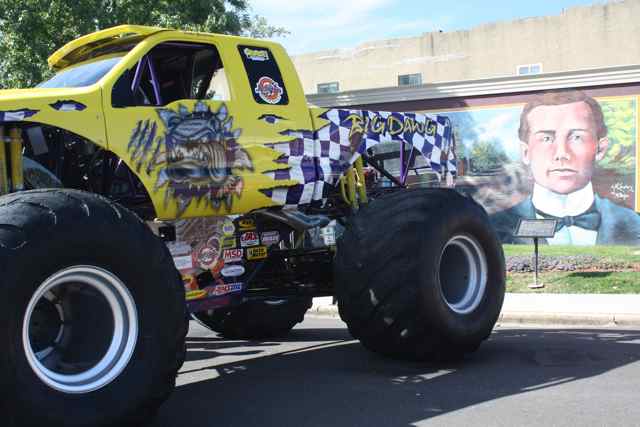
Sometimes the murals are just backup for other community events. This is a shot from the Lions Club September Car Show.
Recently, I was touring the murals, checking for trash, etc when I noticed some chalk drawings on the ledge by the Apple Mural (which happens to be part of the mural). I needed some water to wash off the chalk.
Charlie Vaughn was watering flowers at Peoples Bank, so I asked if he had a bucket that I could borrow to take some water over to mural and clean off the chalk. He fixed me up and as we were talking, he mentioned that when the mural project started that some people thought it was a waste of time and money, but he thought it was the best thing that ever happened to Cuba.
As I thought about that remark later, I decided that the truth was probably someplace in the middle. New factories, new schools, active volunteers in all areas, especially with youth groups, the History Museum, Visitor Center, good businesses, etc., are very important to our thriving community. But then I thought the murals have been a benefit too.
1. The murals didn’t cost taxpayer money. Viva Cuba used fundraisers and donations from businesses and individuals to finance them.
2. The tourism tax has helped with funds for promotion and trolley tours, but that is paid by a tax from visitors to the town’s motels. Added taxes are pretty standard for motels and hotels, so I don’t think it costs lodging businesses customers, and the murals have given tourists an additional reason to stop in Cuba and spend money.
3. They have brought money into Cuba because of the sales tax that the tourists pay when they spend money in Cuba. They spend money at gas stations, restaurants, and other retail outlets. That puts money into the pockets of Cubans, who can then re-circulate it in the community.
4. They have helped “brand” Cuba as “Route 66 Mural City.” The murals are an additional draw for the many Route 66 tourists who travel to Cuba, and the murals give them another reason to stop here. It makes our community stand out from other small towns along the road.
5. Murals are used to teach local and national history to Cuba students. The school has a curriculum for each mural that students study in their 4th grade MO History Week. Other grade levels have also utilized the murals for teachable moments. Cuba students probably know more about local history than students in other towns as a result.
6. Other businesses have added to the beautification of Cuba with their own privately funded murals. You can view these on our website.
7. Locals and tourists alike have enjoyed the murals during Cuba Fest’s Trolley Tours. Local often say that the murals are something they show off to out-of-town visitors.
8. They have brightened up the buildings with some variety. Most people have a favorite (or one they don’t like). They add interest to our small town of 3500.
But I guess the question of the murals’ value is best answered by those who come to Cuba to visit them or live in the community. Viva Cuba, a beautification organization of volunteers, invests a lot of time, energy, and money to maintain and promote the murals. Hopefully, our efforts are seen as beautifying and enriching the heritage of our community and engender mural pride in Cuba citizens.
Mural mania or madness, that is the question…
To see more on young people and the murals: “Cuba MO Fourth Graders show off their history,” “Murals and Young People a Winning Combination,” and “Fourth Grade bloggers speak their minds.”
For information on bus tours see : “The wheels on the buses go round and round…and bring visitors to Cuba, MO.”
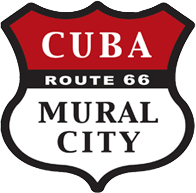
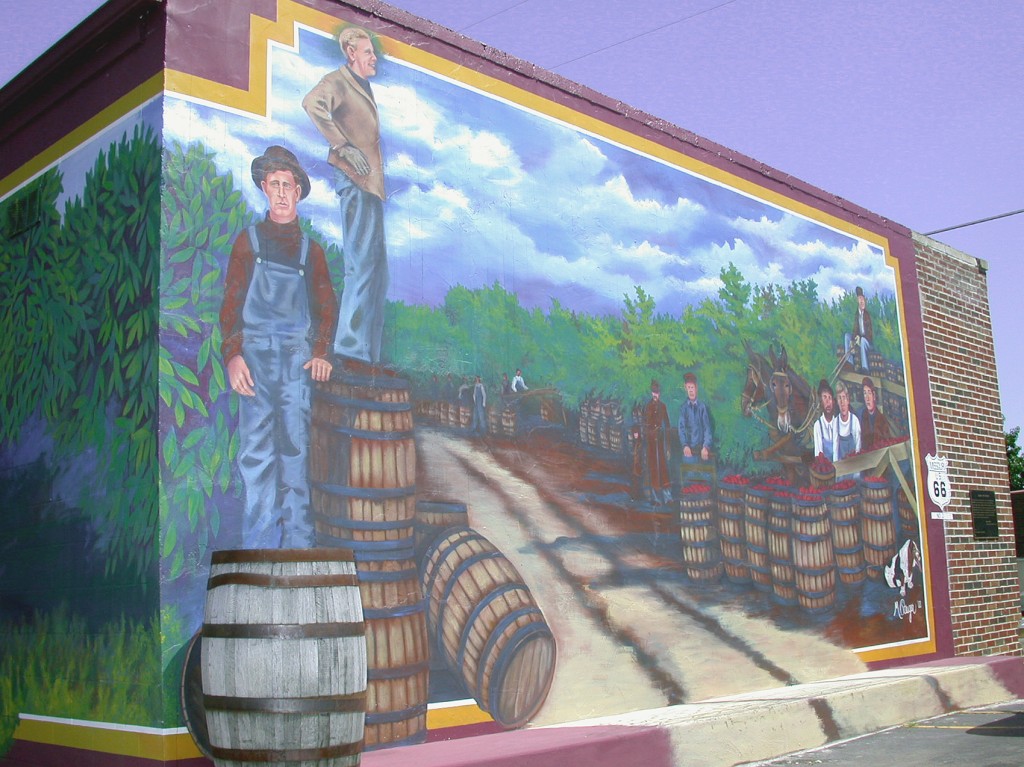
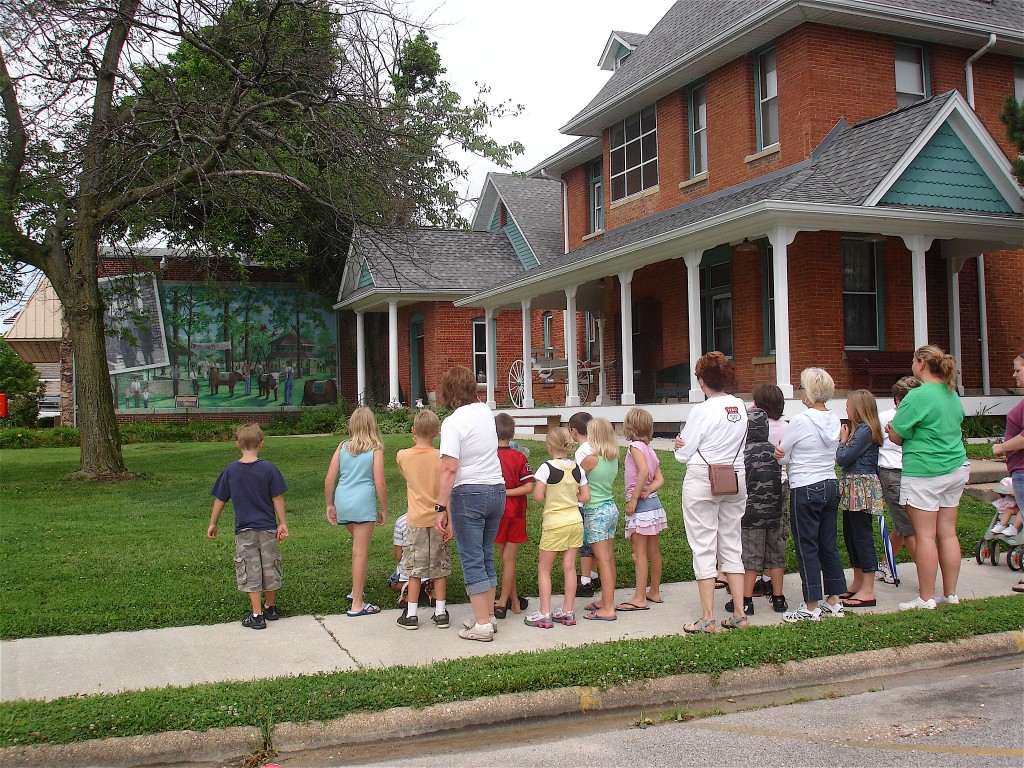
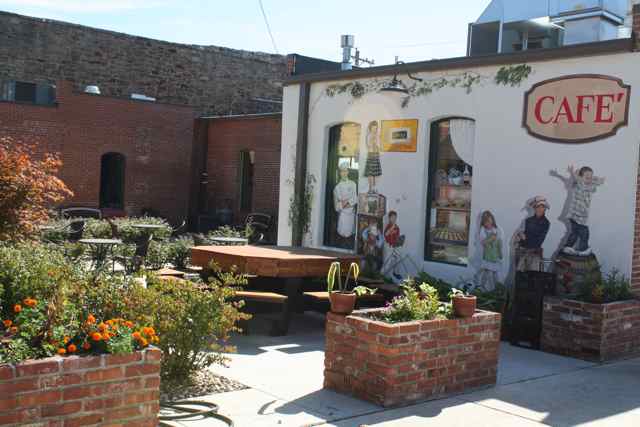

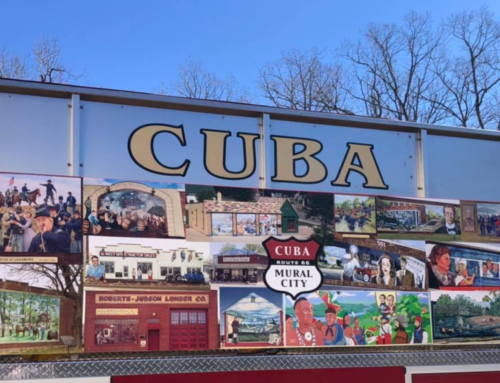

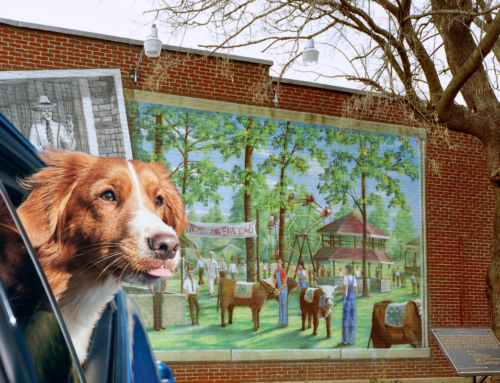


My husband and I came to Cuba in June of 2010 in search of my family history on my mother’s side. I really liked the murals, and I think that they do set Cuba apart from other towns. Not only are they historic and educational, they are very well done. I was proud of the town, as most of my family was from Cuba or Crawford for several generations. Cuba is definitely a place that I want to come back to.
What a great, simple argument for more public art. I’m proud to have been part of it!